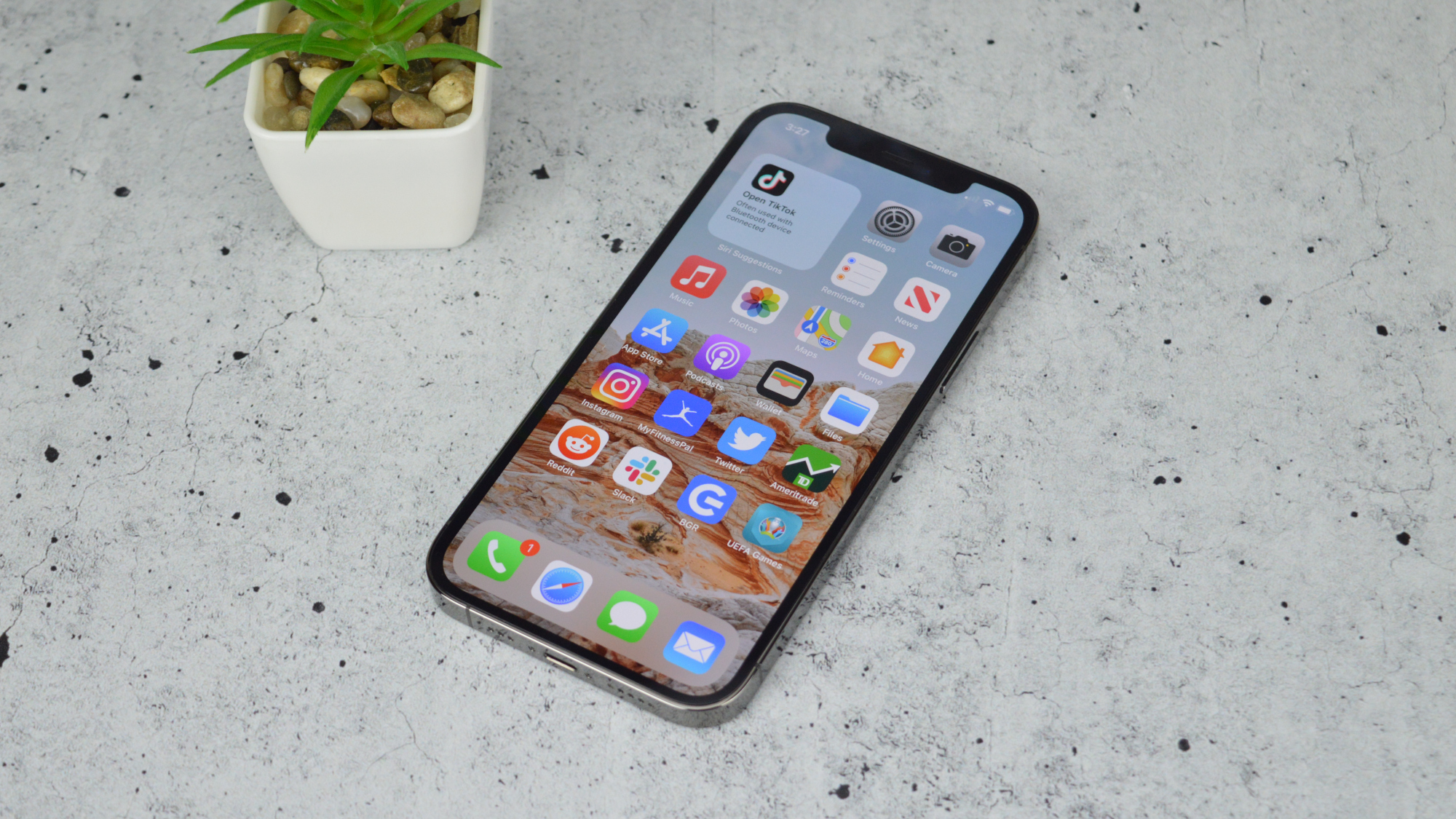The App Store is the only legitimate source for apps on the iPhone and iPad, and Apple has full control over the platform. Developers follow specific guidelines to get apps listed on the digital market and avoid being banned. But even then, Apple can remove apps from a market’s stores at the request of that country’s government.
Sometimes developers have questions about Apple’s decisions to remove apps from the App Store in some markets, especially when Apple respects the demands of countries like China and Russia. But in the future, Apple plans to provide more details about removing apps from the App Store.
Per The Financial Times (over it 9to5Mac), Apple promised activist investors last month that it would improve its explanations of why it removes certain apps from the App Store.
The report said nearly a third of shareholders supported a resolution calling for greater transparency from Apple regarding its relationship with foreign governments. That was last March. The petitioners wanted to know about the removal of certain apps from the Chinese app store. For example, some Bible and Quran study tools disappeared from the store at the end of 2021.
Apple has often been criticized for removing apps from the App Store at the request of certain countries. China is one of them. The local App Store does not have encrypted apps like WhatsApp and Signal. The same applies to the official The New York Times application

Apple will now provide more details about why it removes certain apps from the App Store. Apple’s transparency report should include those details. The report currently includes information on the number of banned apps per country, whether the country’s request is based on a legal violation, and whether Apple has complied.
But that may not be enough information for some activists. The latest report says China cited 34 legal violations in the first six months of 2021. The country asked Apple to remove 89 apps. Apple has not objected to any of these requests.
Going forward, Apple promised to disclose each government’s legal basis for takedown requests. It will also provide analysis by country and application category. But Apple won’t offer explanations for every app, which is what the petitioners wanted.
Apple will also explain how many apps have been removed from the App Store for violating App Store guidelines in each country.
As a reminder, even if Apple removes an app from the App Store, you can still use it on your iPhone or iPad if it’s still installed. However, reinstallation will not be possible after Apple bans the app.